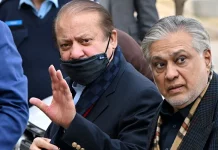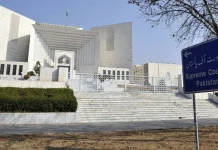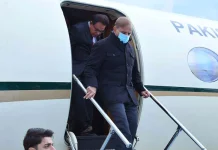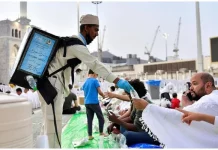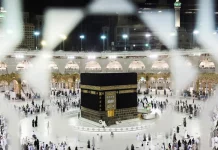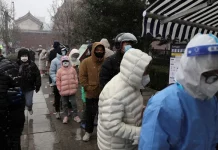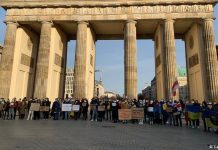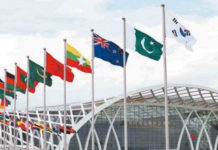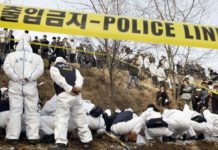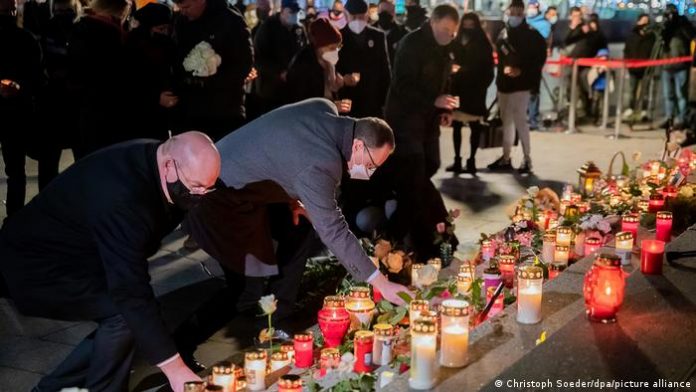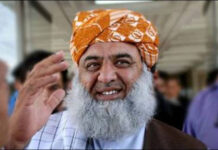On December 19, 2016, Islamist attacker Anis Amri drove a stolen truck through a crowd in central Berlin, killing and injuring dozens. Five years later, the background to the attack remains unclear
The bells of Berlin’s Kaiser Wilhelm Memorial Church on Breitscheidplatz will ring 13 times this Sunday at exactly 8:02 p.m., once for each of the victims of the 2016 terror attack at a nearby Christmas market.
The time marks the moment when Islamist attacker Anis Amri raced through the festive event on December 19, 2016 in a stolen semitrailer truck, killing and injuring dozens. That day marked the moment the moment when many Germans realized that terrorism could also affect them at home.
Since that day, one of the most serious Islamist attacks in the country to date, a memorial has been created to remember the victims. A gold-colored crack in the ground marks the truck’s path, measuring more than 15 meters (49 feet) in length; the names of the dead are engraved on the steps leading up to the church. Originally there were 12 names, but a 13th was added earlier this year after a first responder died from the severe injuries he sustained during the attack.
Political leaders paid tribute to victims of the attack on last year’s anniversary
Victims, relatives feel abandoned
German President Frank-Walter Steinmeier will speak at the memorial service later on Sunday, highlighting the continued suffering of the victims and their relatives. Rainer Rothe, a psychologist based in Berlin, has counseled many of them, and recently criticized the German government for the “fatal and inhuman treatment” of the victims by the authorities.
Rothe told the president that victims had to wait for months, or even years, for help — and some had not received any assistance at all. The average wait time between the attack and the start of trauma therapy was 357 days, with Rothe pointing out the lack of expertise in trauma therapy within many German institutions. Frustration over the delays led several victims to hire a lawyer to assert their claims.
Security measures tightened
Five years after the attack, many questions remain unanswered. The overarching one: Was the attacker, Tunisian national Anis Amri, really a lone wolf perpetrator who planned the attack without any outside help?
Maybe not: Just ahead of the fifth anniversary, Berlin public radio RBB reported that Amri had received the order to carry out the attack from a high official within the “Islamic State” (IS) terror organization.
Today, it would no longer be possible to drive a truck into a crowd at a Christmas market in the German capital. The area is now protected by dozens of bollards and concrete barriers — not only at Breitscheidplatz, but in many of Berlin’s squares. Strict security precautions have also been imposed in response to the attack, which sent shock waves across the country.
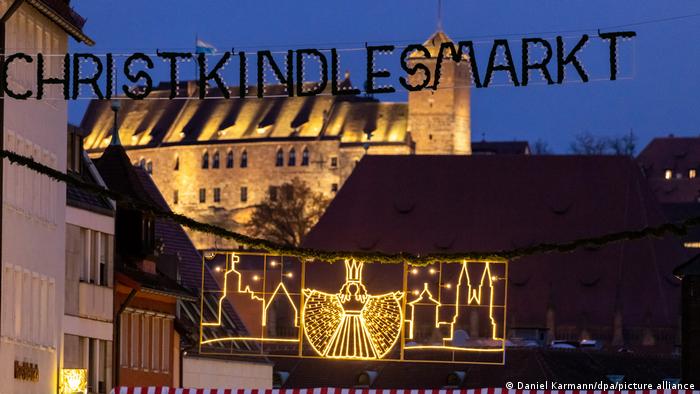 Some German Christmas markets open amid COVID uncertainty Nuremberg Christkindlesmarkt — called off The “Christkindlesmarkt” sign will remain unlit this year. The historical Christmas market was supposed to open on November 26, but has been cancelled like all other Christmas markets in Bavaria because of the high number of COVID infections.
Some German Christmas markets open amid COVID uncertainty Nuremberg Christkindlesmarkt — called off The “Christkindlesmarkt” sign will remain unlit this year. The historical Christmas market was supposed to open on November 26, but has been cancelled like all other Christmas markets in Bavaria because of the high number of COVID infections.
Attacker under observation for years
Shortly before the attack, Amri, who had come to Germany as an asylum-seeker in 2015 after having spent several years in prison in Italy, shot and killed Polish truck driver Lukasz Urban and hijacked his semitrailer. Hours later Amri steered the truck, which was loaded with around 25 tons of construction steel, into the bustling Christmas market. The force of the impact killed 11 people and injured 60 others, who are still suffering from the consequences of the attack to this day.
After the attack, Amri managed to flee to Italy via the Netherlands, Belgium and France. On the morning of December 23, he was stopped by a police patrol near Milan and immediately opened fire on the police officers, using the same gun with which he had killed Urban, and was killed in the shootout that followed.
Amri had been under observation by German security authorities for years as he had been linked to well-known Islamists. At some point, however, authorities made a fatal misjudgment and decided that he no longer posed a threat. Watch video 00:22
War on terror: ‘We have not achieved all our goals’
Security authorities at the center of criticism
A federal parliament investigative committee spent more than three years looking into the question of whether the attack could have been prevented. The 1,900-page final report stated glaring errors by the security authorities, such as the Federal Intelligence Service and the Office for the Protection of the Constitution, Germany’s domestic intelligence agency, particularly with regard to the exchange of information.
The report pointed to the blatant failure by the police to analyze the threat posed by Amri, while the federal government rushed to tighten migration legislation instead of pursuing a clear anti-terrorism strategy.
The Berlin House of Representatives also spent four years investigating the mistakes that made the attack possible in the first place. In its final report, presented earlier this year, they reached a similar conclusion. There was no one single person who had made serious mistakes; instead, the failures of police and the intelligence agencies made the attack possible, along with a lack of cooperation between security agencies and a shortage of police staff.
This Sunday, there will be no shortage of police at Breitscheidplatz. From noon, the Memorial Church will be cordoned off. Those who want to lay flowers at the site may do so — but only in the company of an officer.
This article was originally in German



